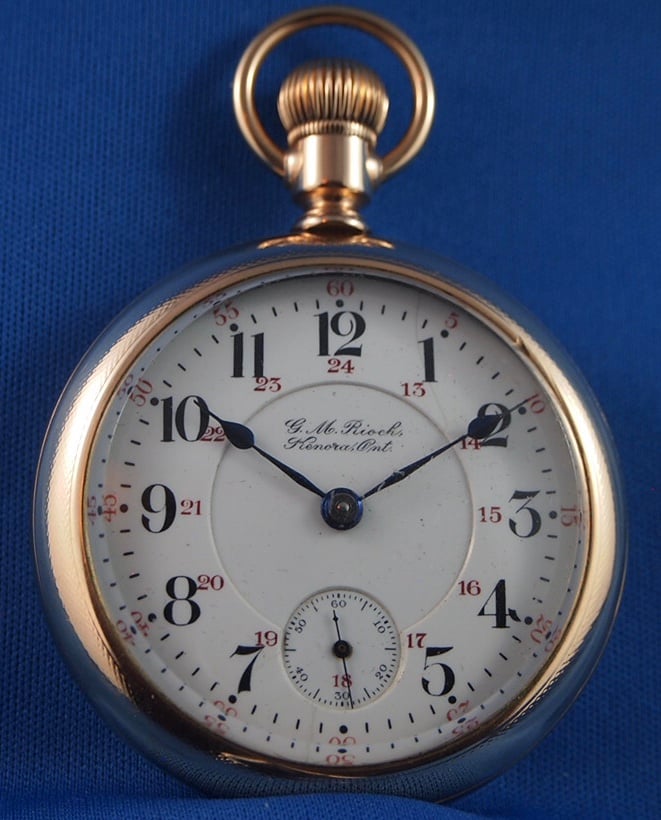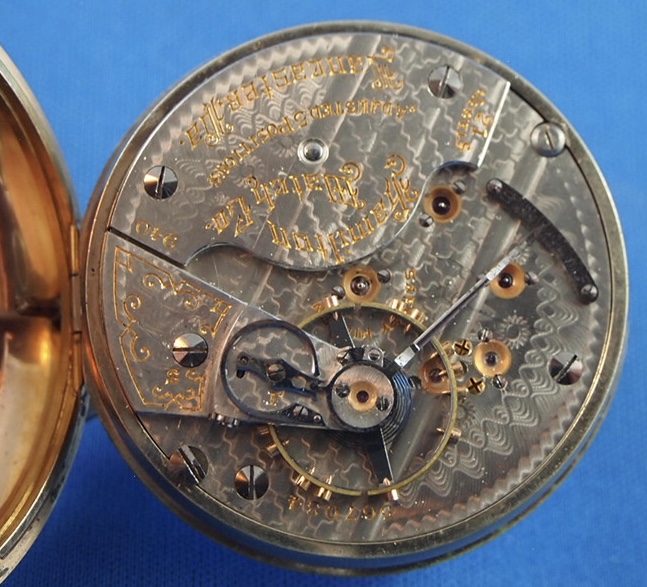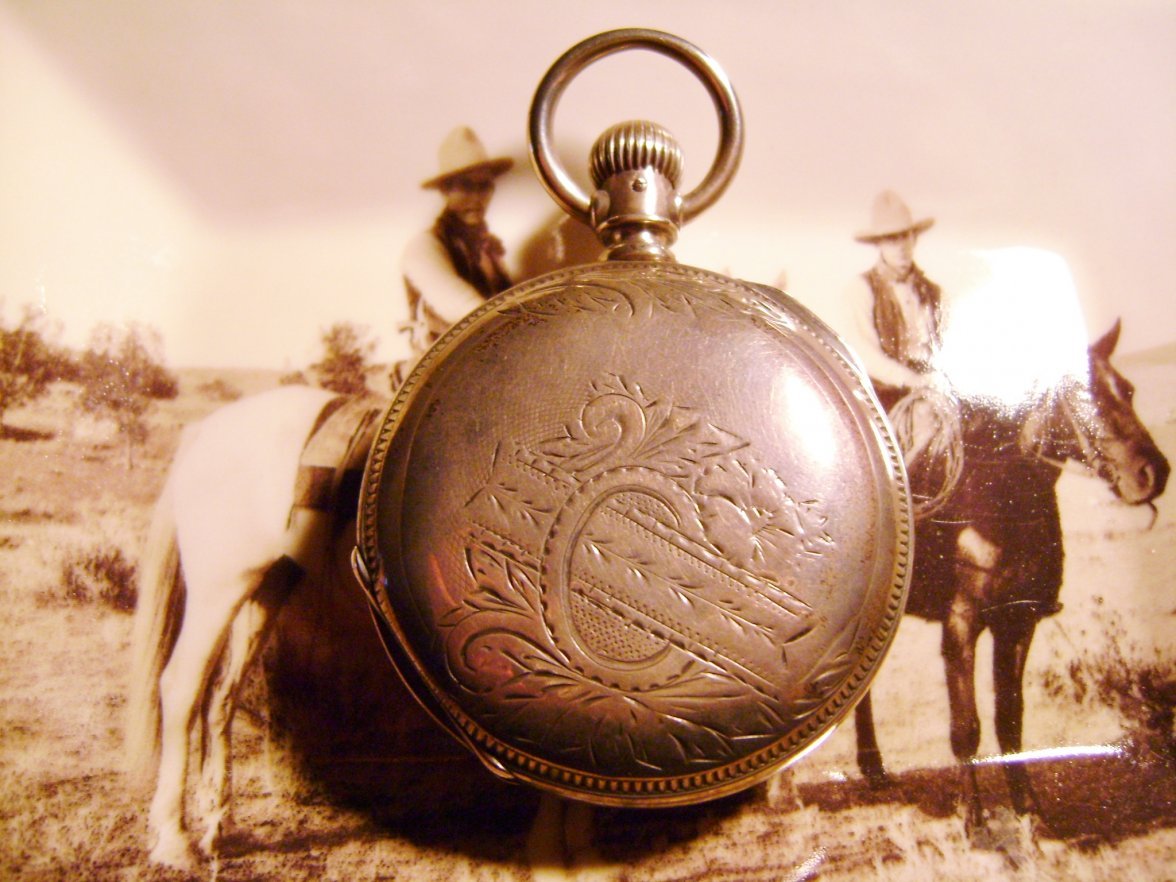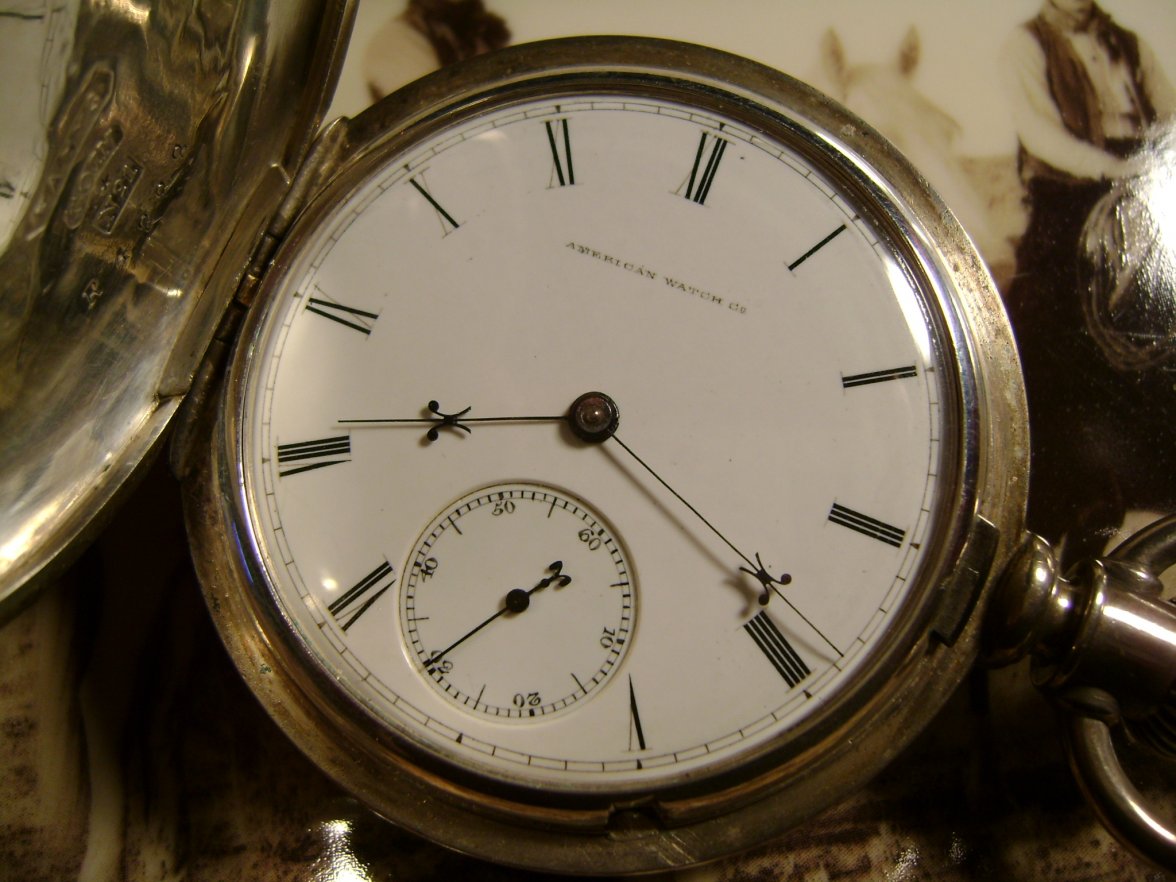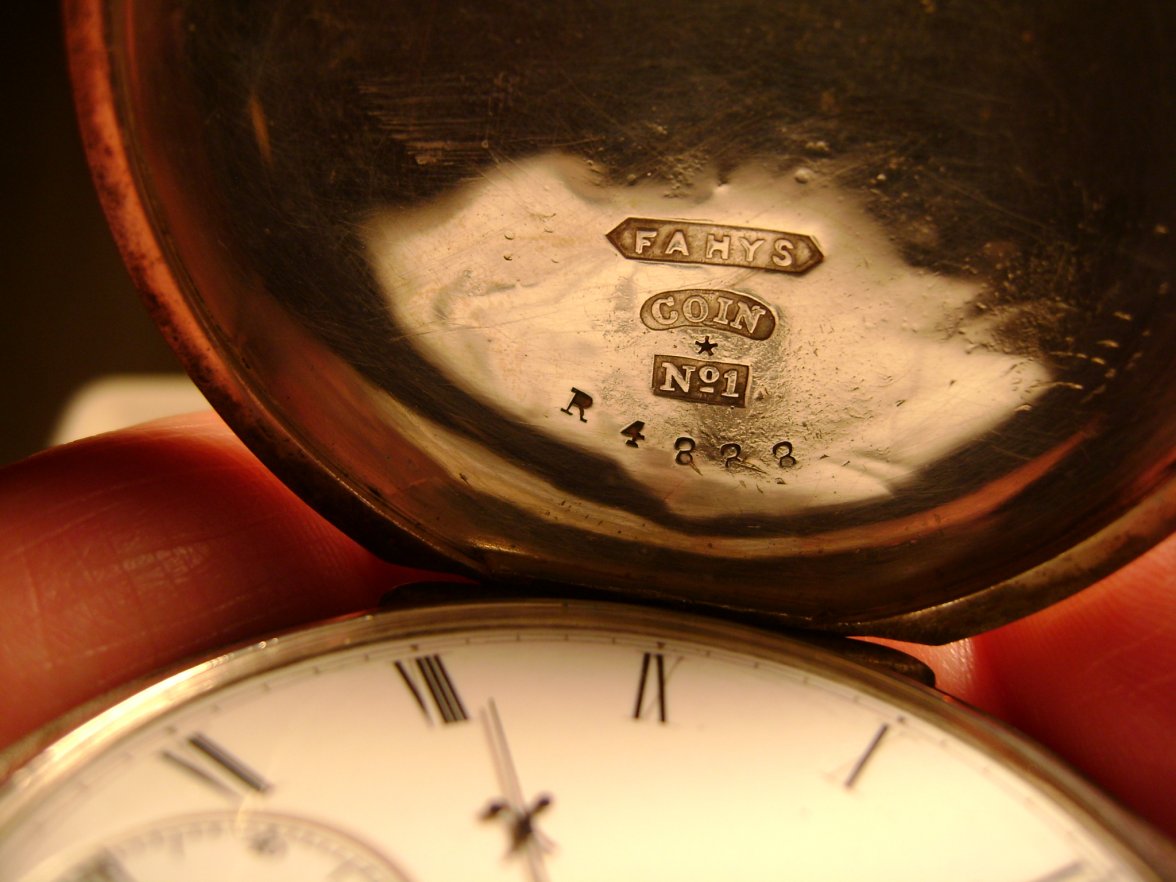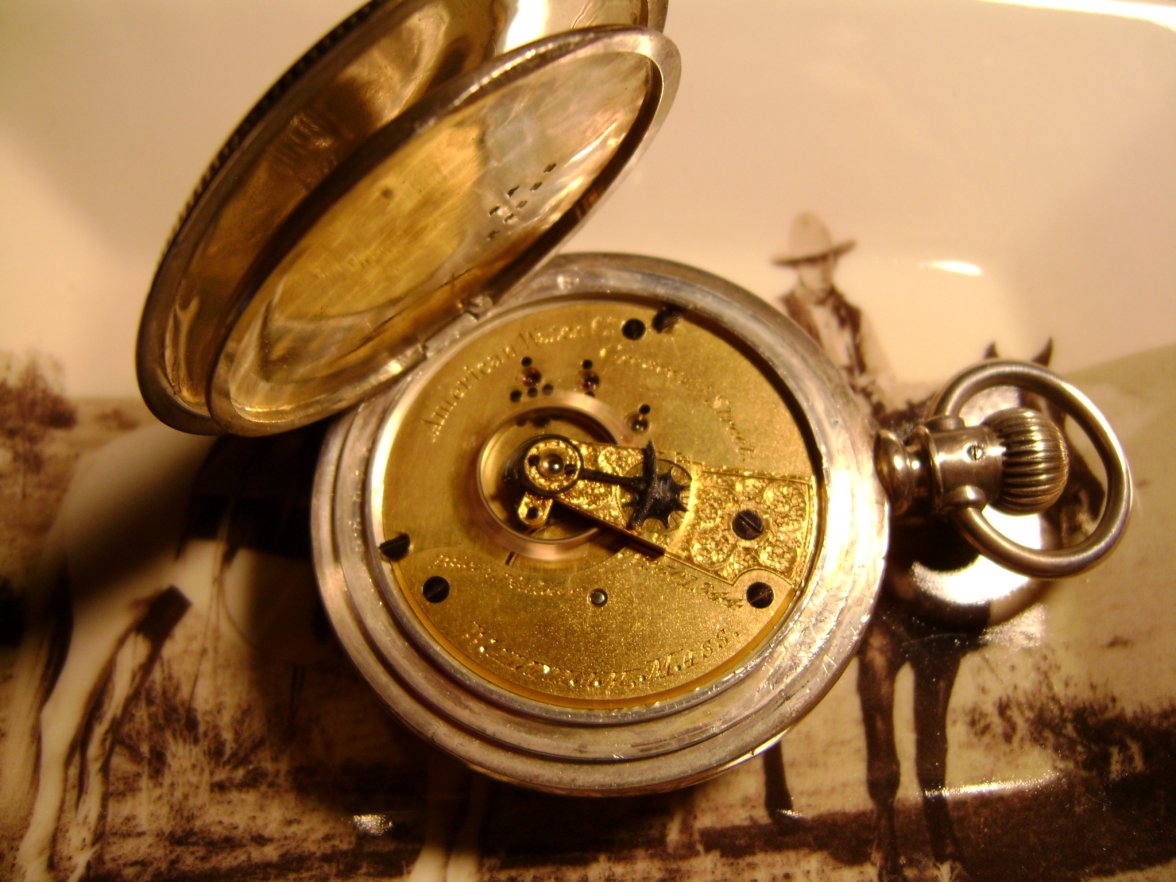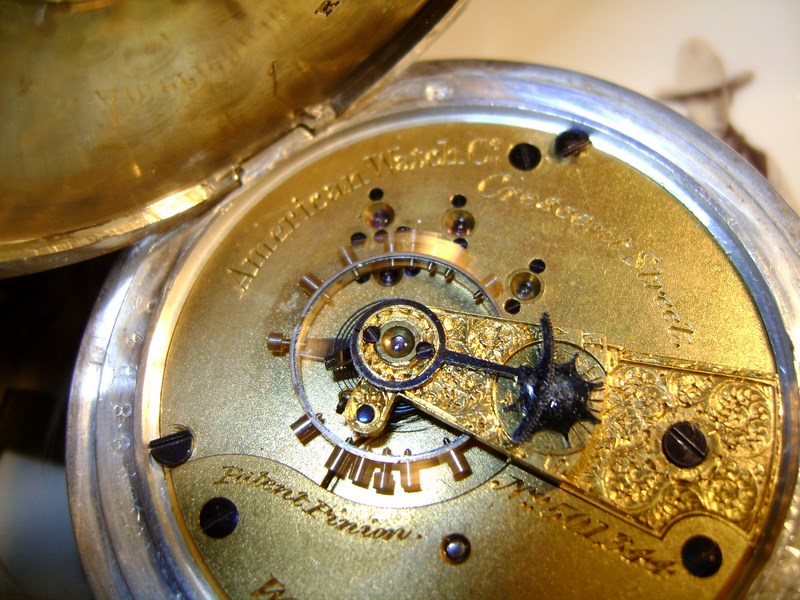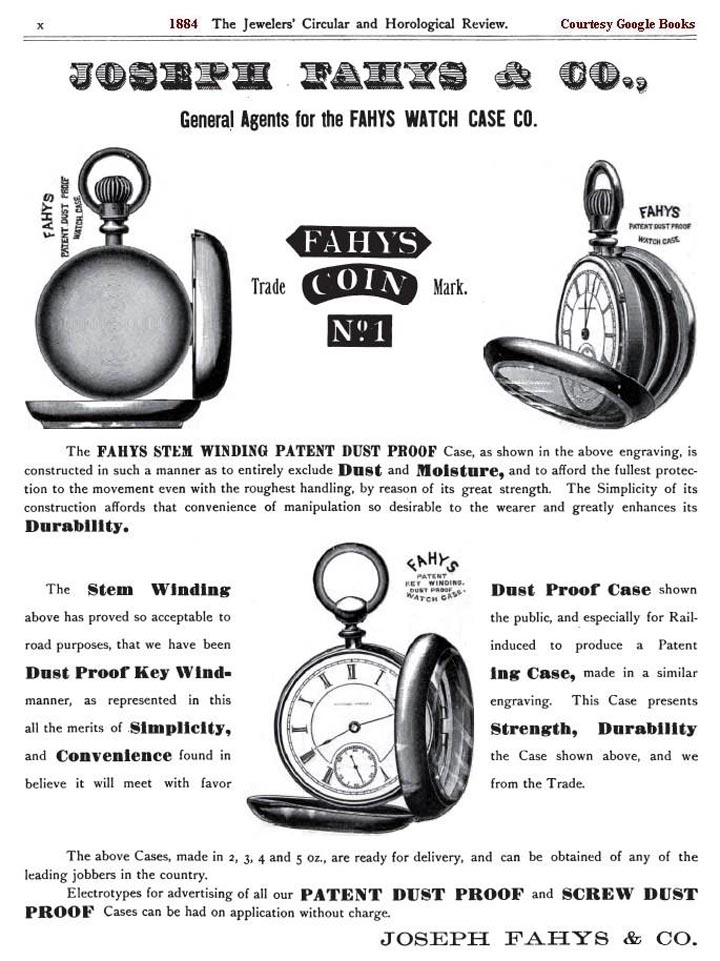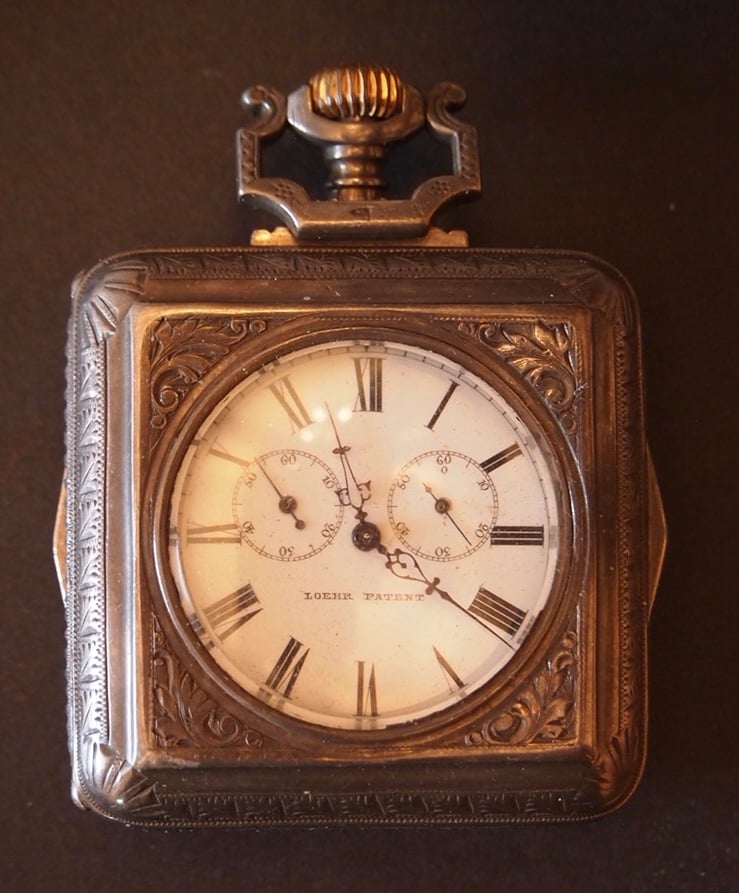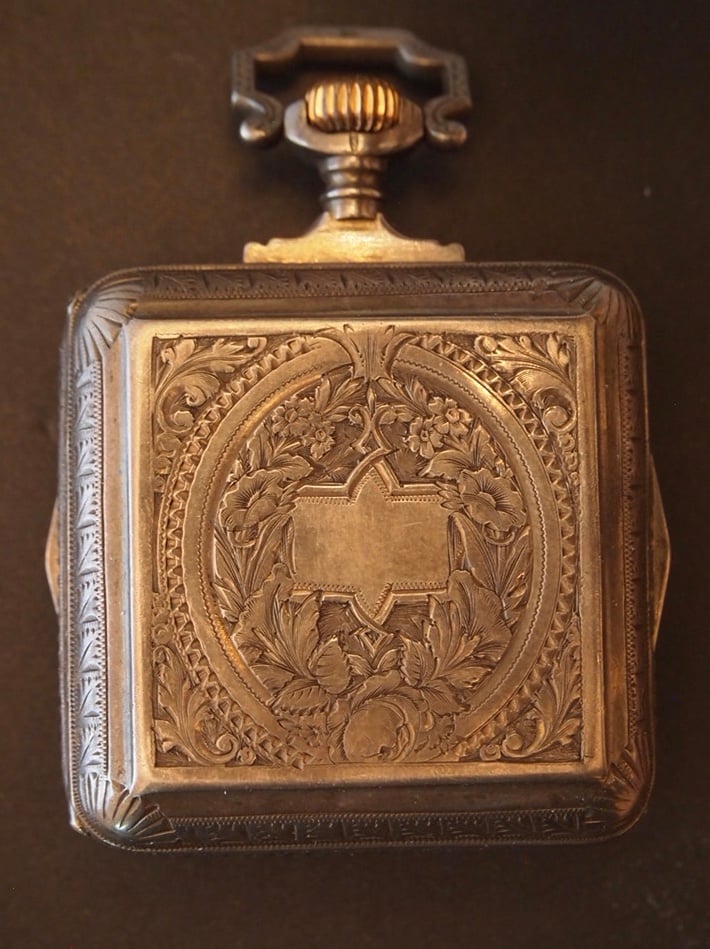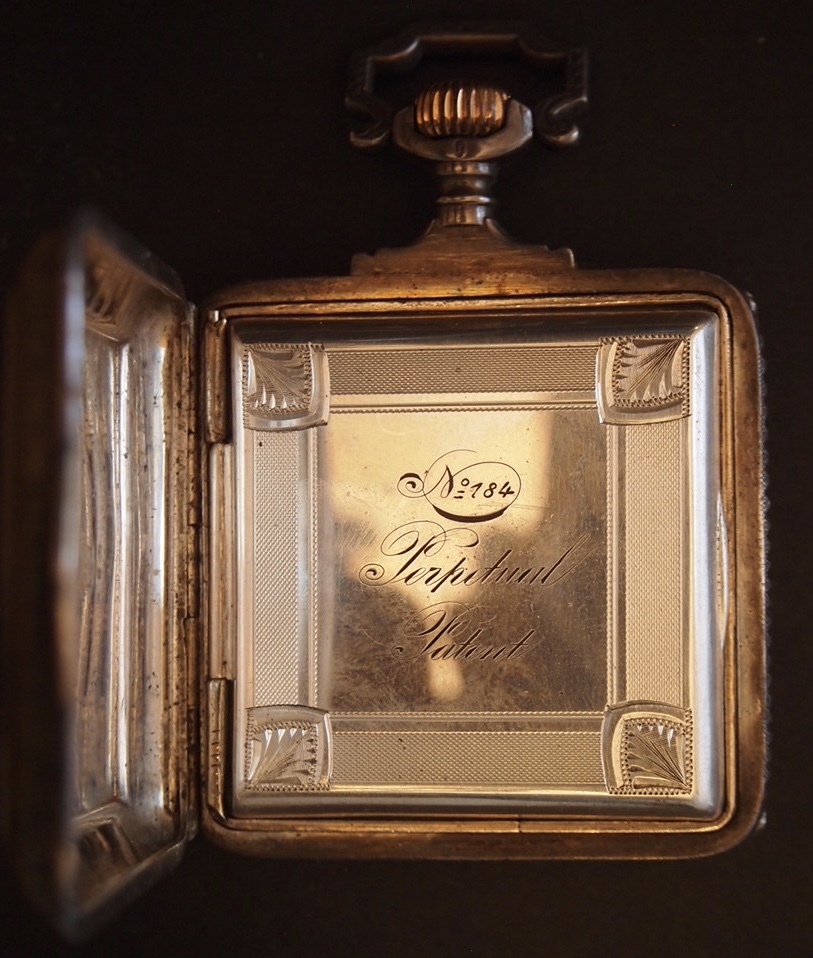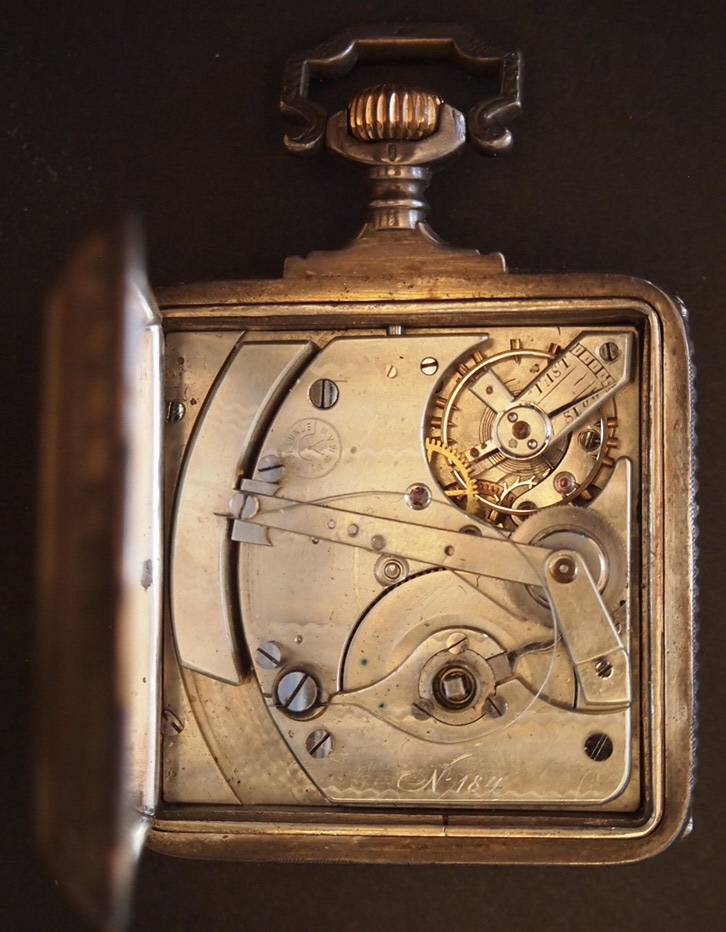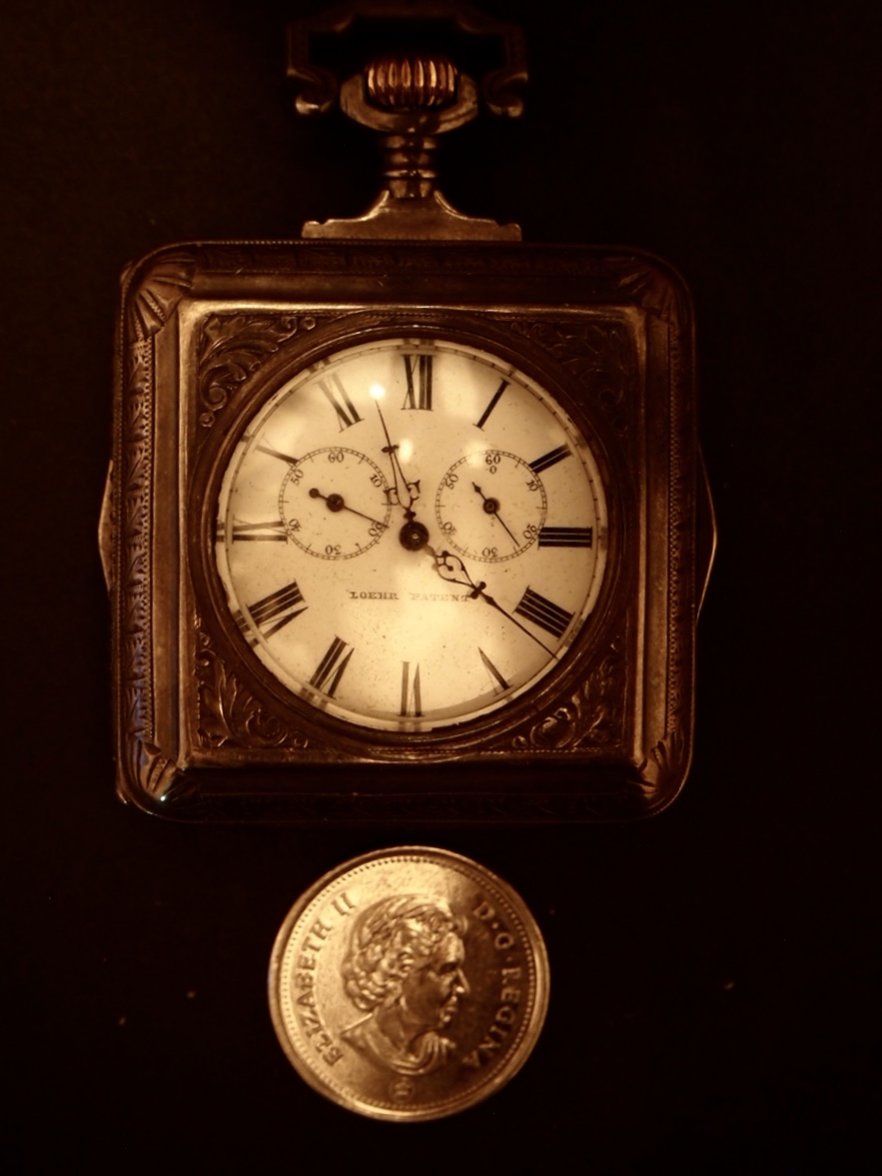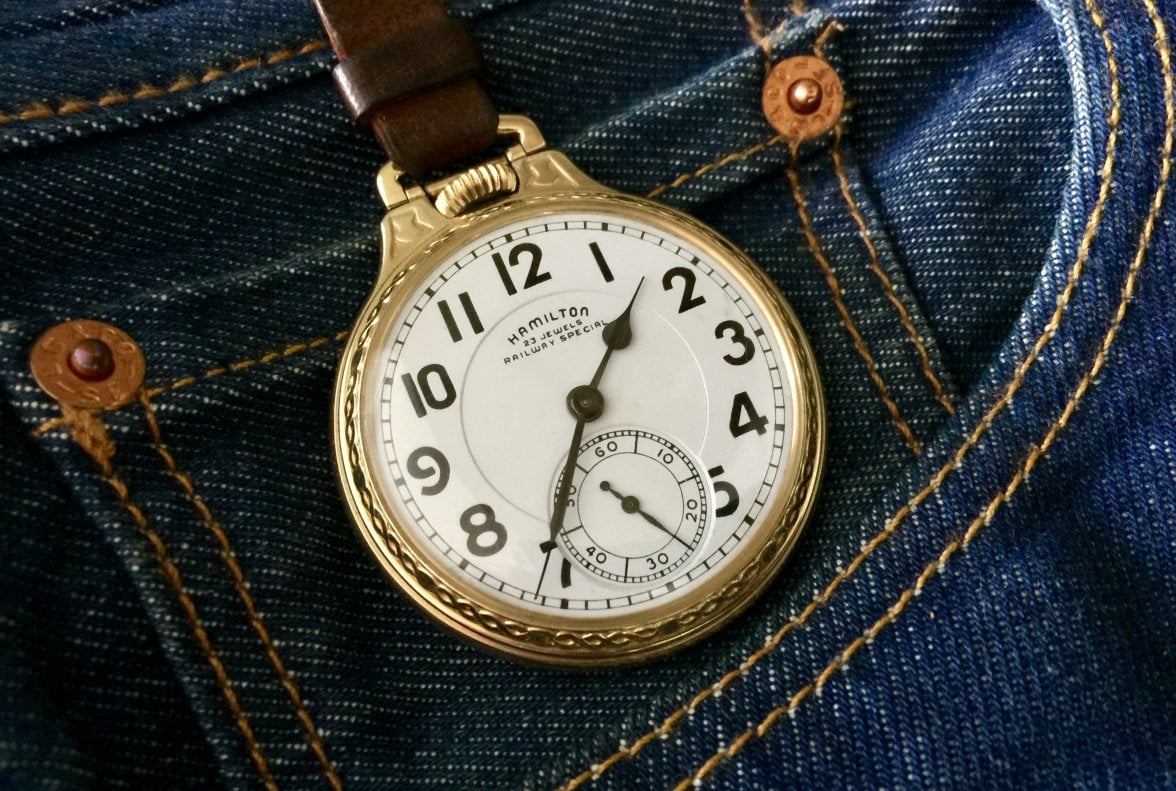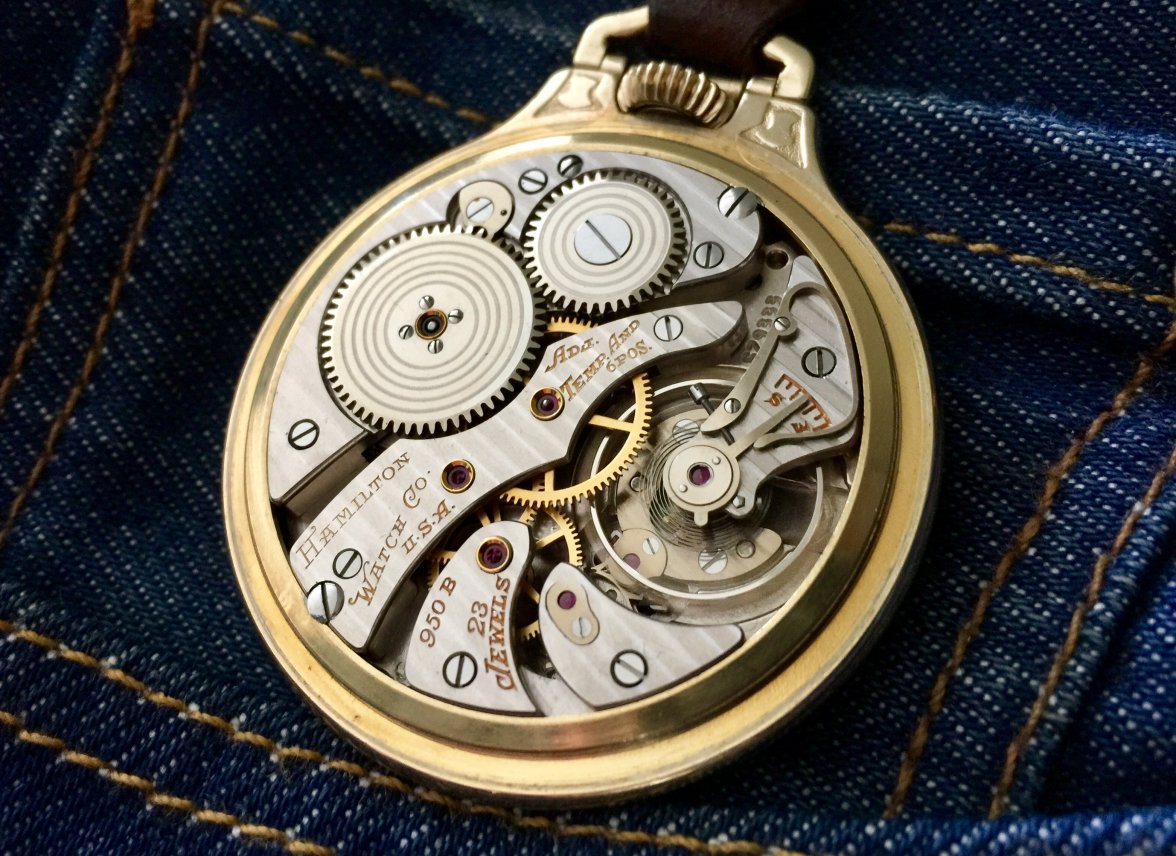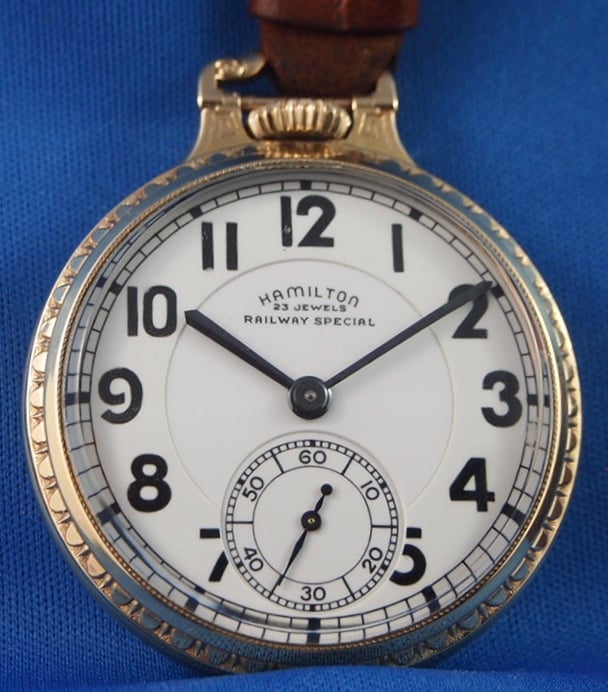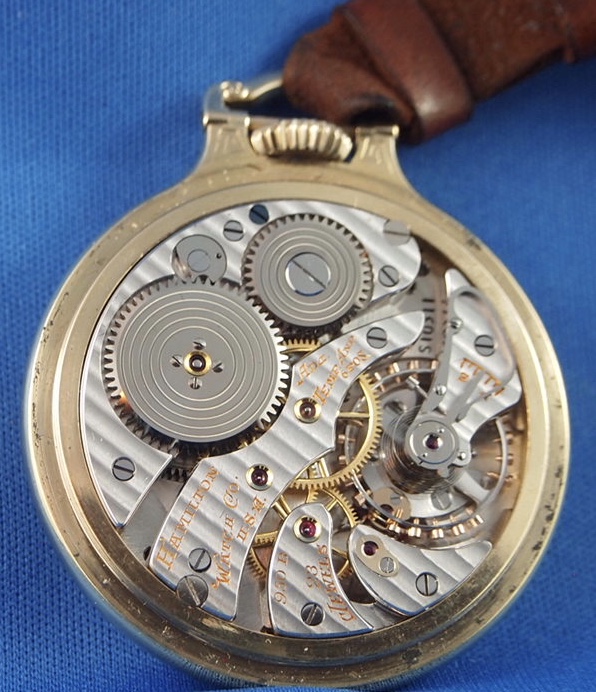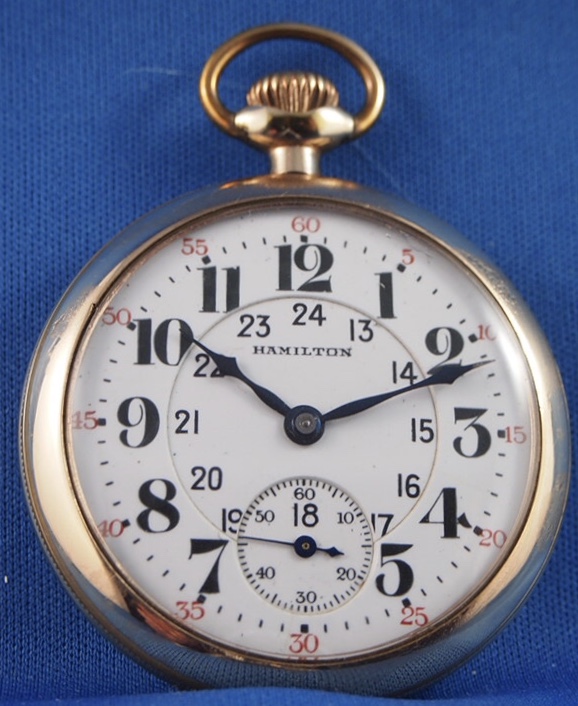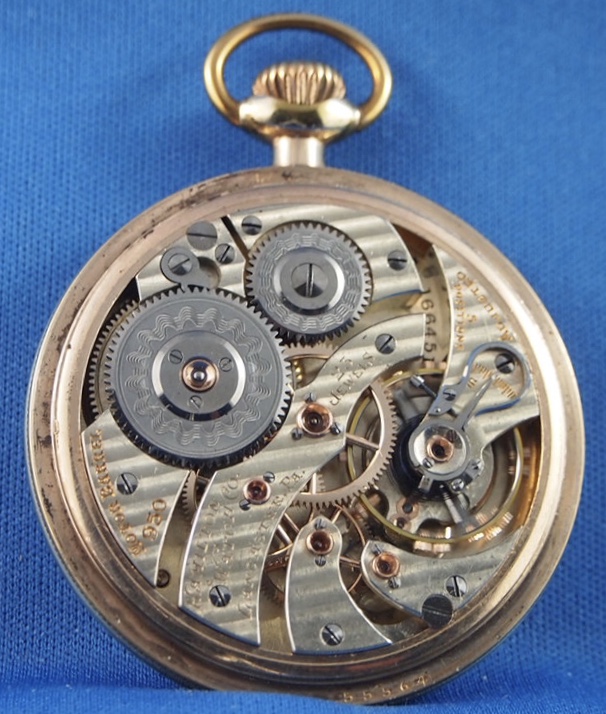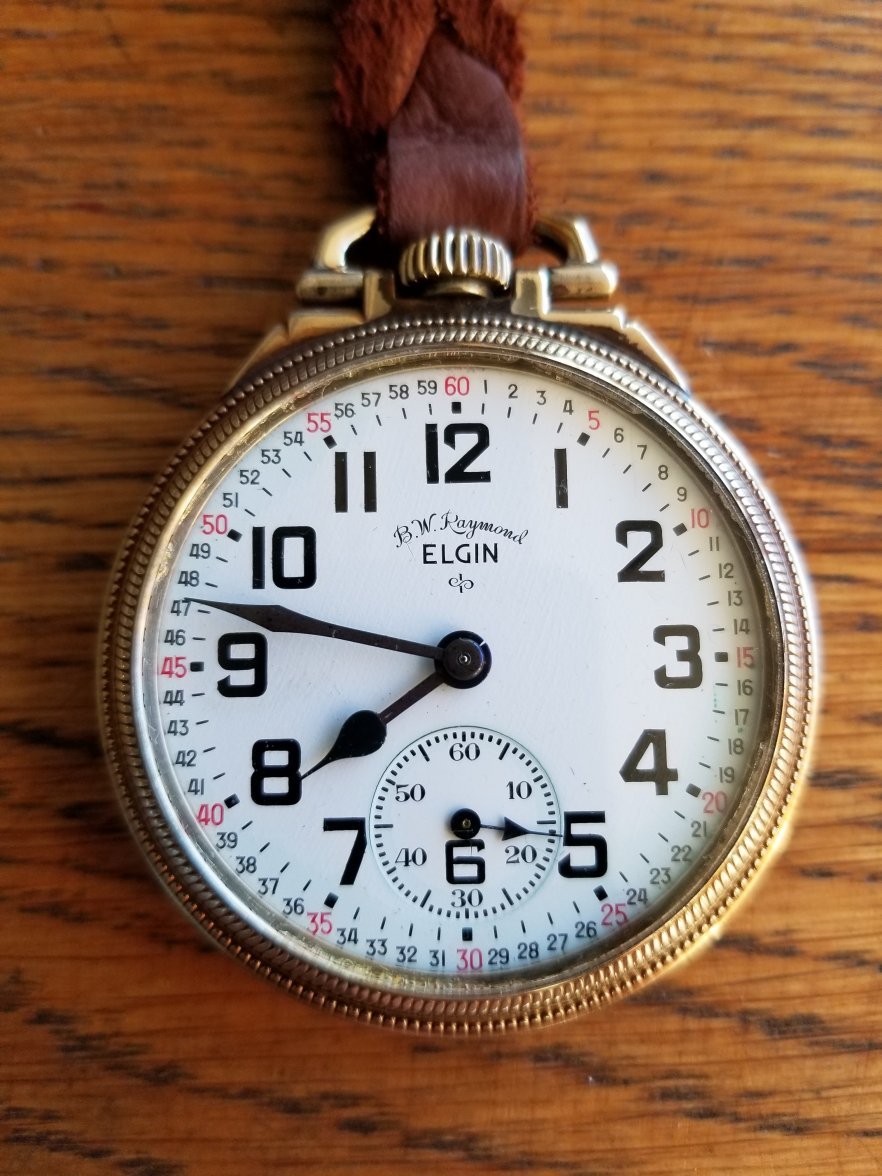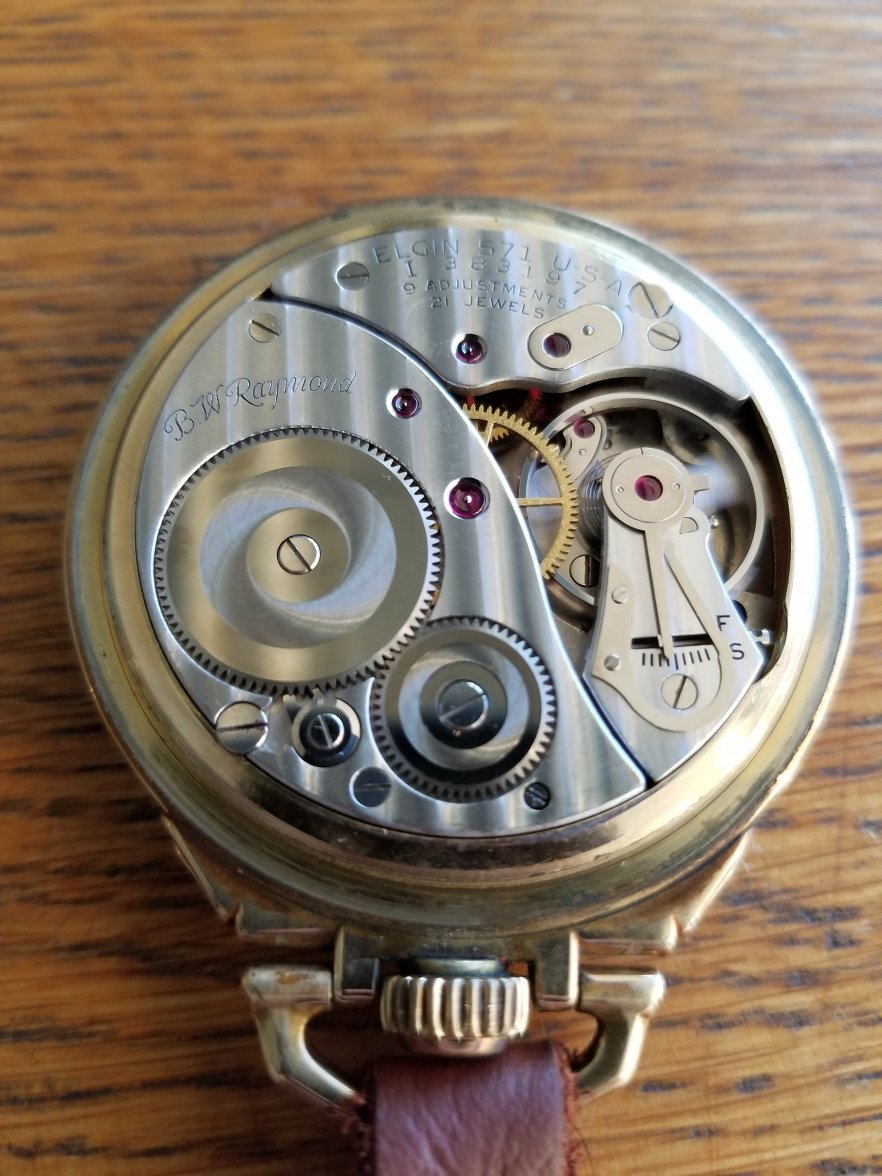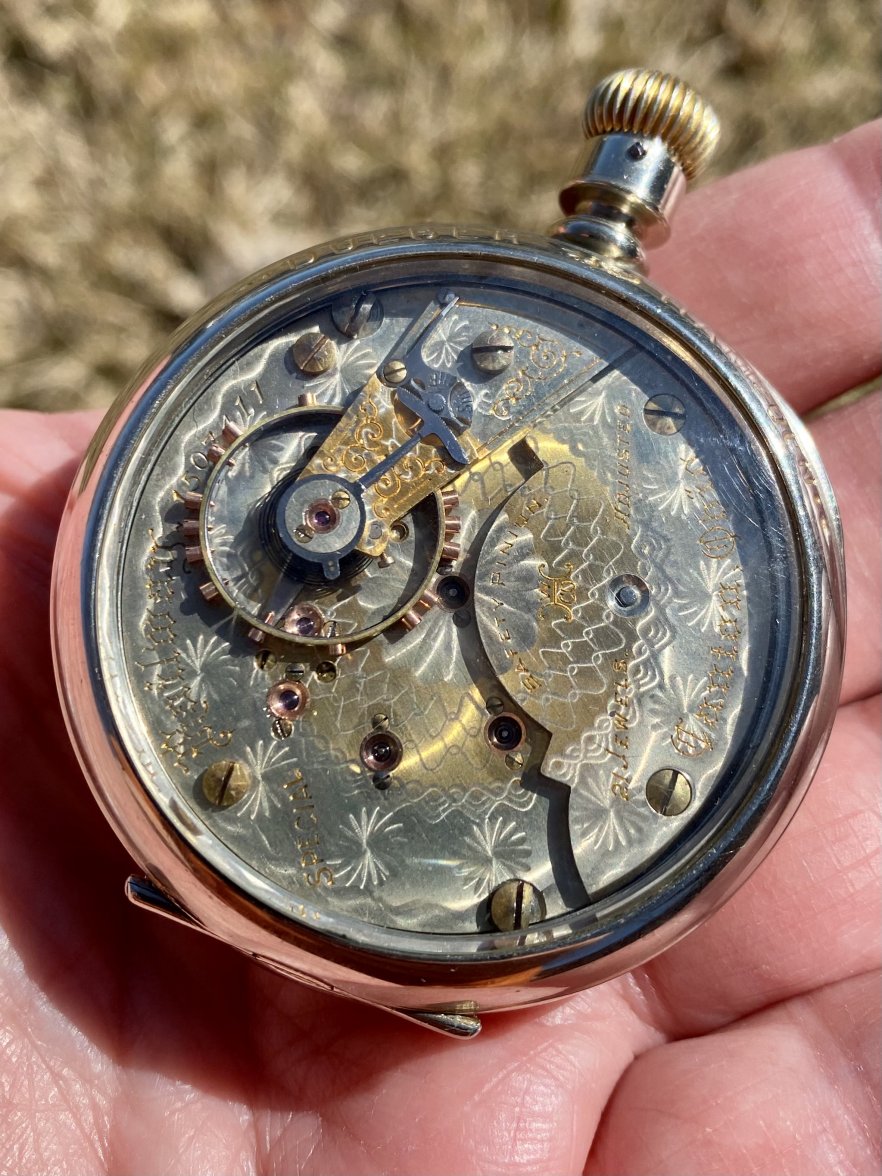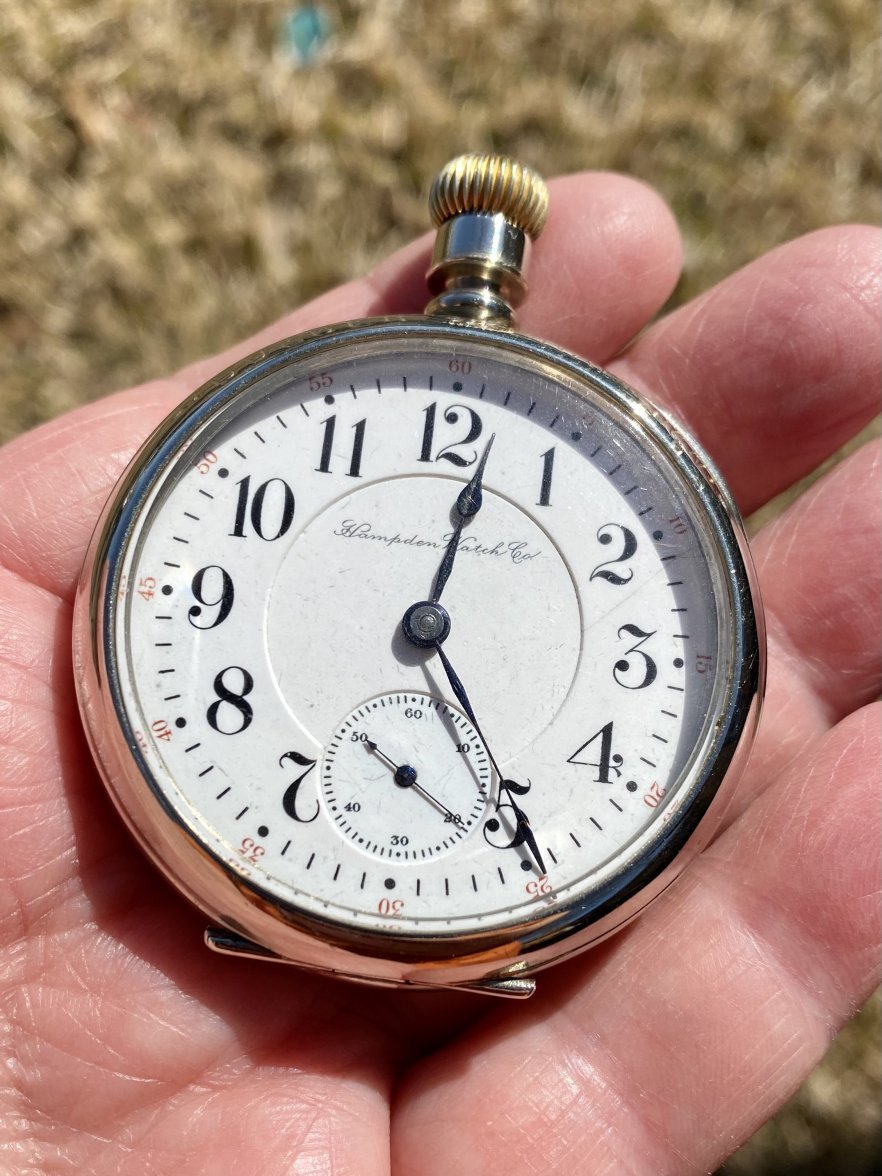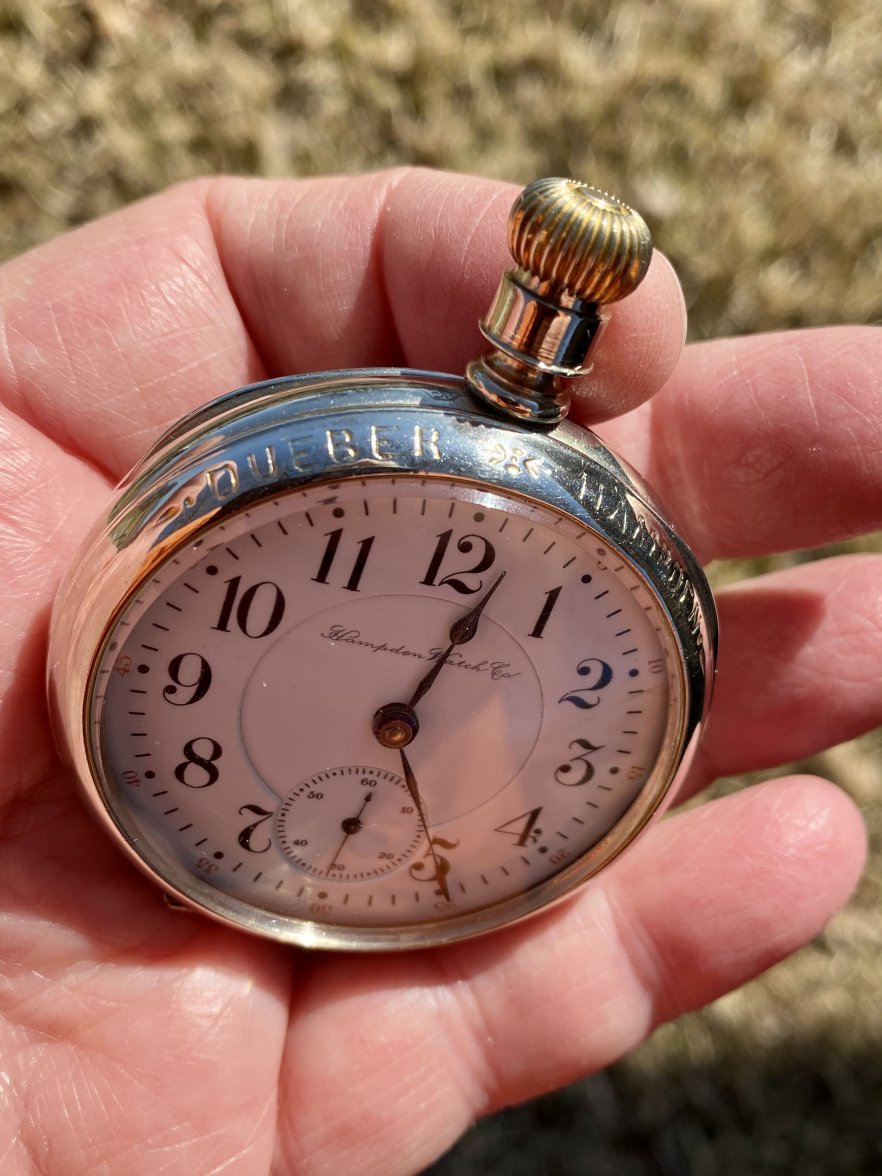Canuck
·I too have a Hamilton 940. This one is a private label for a jeweller, G M Rioch , who was in business in Kenora, Ontario, circa 1910. I picked this one up at an NAWCC mart in Portland, Ore., about 30 years ago. It was shown by a dealer with only a few watches, and this one had been ignored because of the Canadian private label. It is in its original “swing ring” case which was another deterrent to others examining it more closely. I jumped on it when I found out it was a Hamilton 940! I love Canadian private label watches of which I have about six. This one is from circa 1907. The grade 940 was a very popular model for railroad use, until the smaller 16-size railroad standard models were introduced. Here is the skinny on my 940, but the listing shows information of the grade 940 models.
https://pocketwatchdatabase.com/search/result/hamilton/567084
The 940 posted by @Waltesefalcon is a much earlier one than mine. Having been produced circa 1903.
https://pocketwatchdatabase.com/search/result/hamilton/567084
The 940 posted by @Waltesefalcon is a much earlier one than mine. Having been produced circa 1903.
